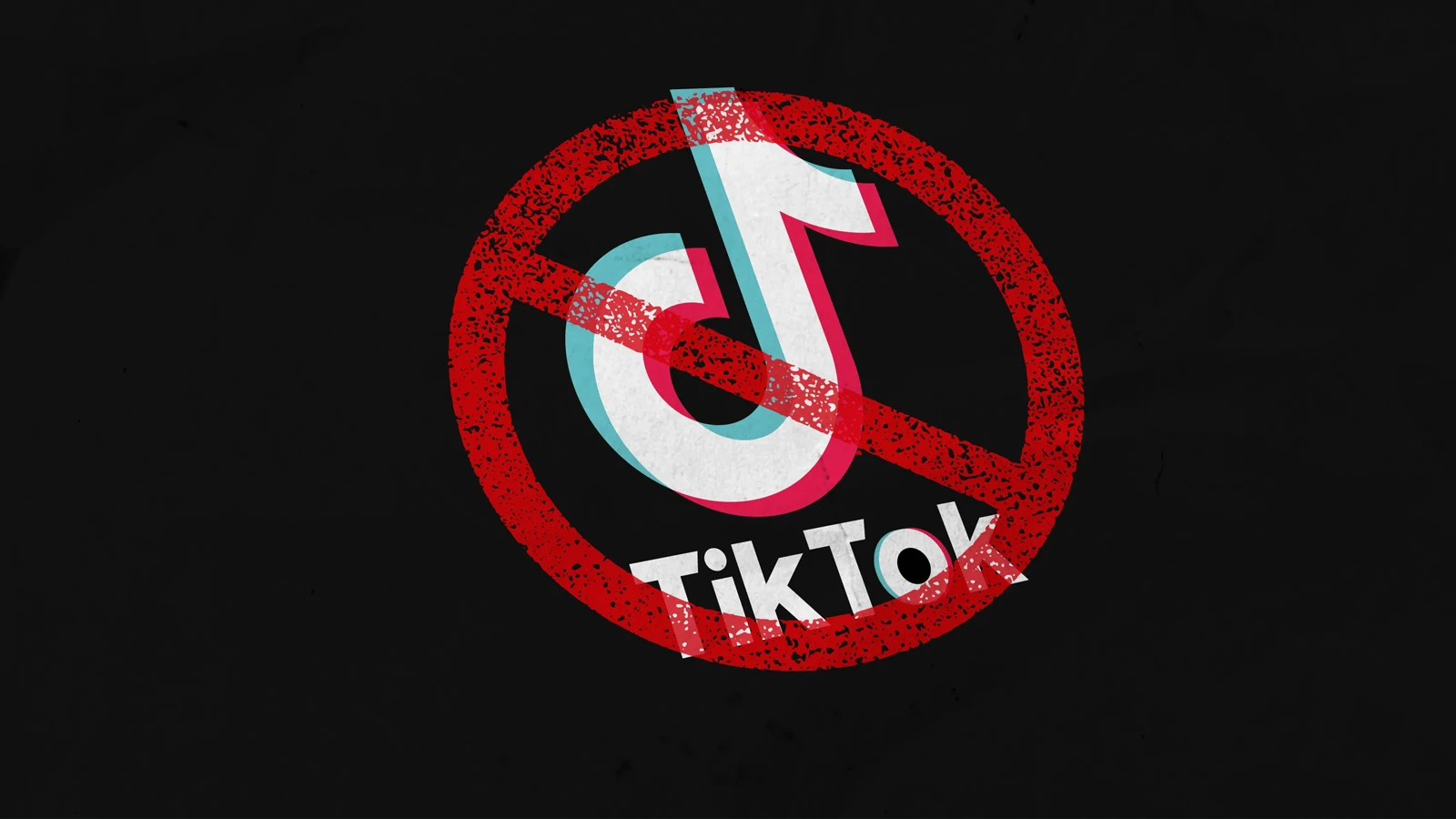¿De verdad? ¿Liberar una silla colapsable de un solo trozo de madera es lo que consideramos innovación hoy en día? Este tipo de “creatividad” es insultante a la inteligencia colectiva. No hay nada revolucionario en cogerse de las manos y jugar a ser carpinteros amateurs. Necesitamos más ingenieros y menos “hacks” de YouTube que glorifican lo trivial. Este contenido es un ejemplo claro de cómo la superficialidad ha invadido todo, desde las redes sociales hasta nuestras expectativas de calidad. ¿Dónde está el verdadero progreso? ¿Acaso una silla de madera es el pináculo de la invención? Es hora de que demandemos más de nuestros creadores de contenido y
¿De verdad? ¿Liberar una silla colapsable de un solo trozo de madera es lo que consideramos innovación hoy en día? Este tipo de “creatividad” es insultante a la inteligencia colectiva. No hay nada revolucionario en cogerse de las manos y jugar a ser carpinteros amateurs. Necesitamos más ingenieros y menos “hacks” de YouTube que glorifican lo trivial. Este contenido es un ejemplo claro de cómo la superficialidad ha invadido todo, desde las redes sociales hasta nuestras expectativas de calidad. ¿Dónde está el verdadero progreso? ¿Acaso una silla de madera es el pináculo de la invención? Es hora de que demandemos más de nuestros creadores de contenido y
1 Комментарии
·0 Поделились
·0 предпросмотр














